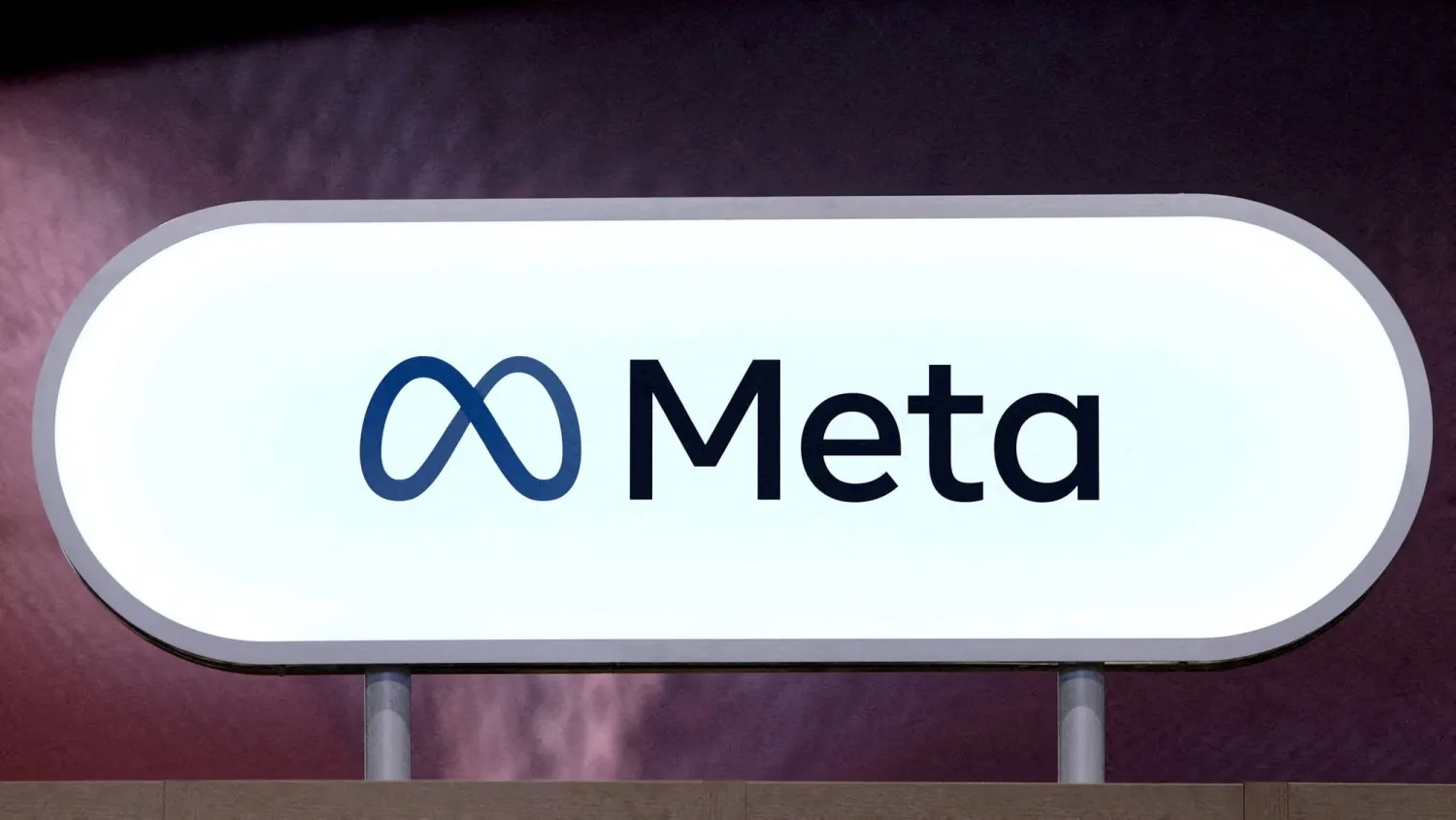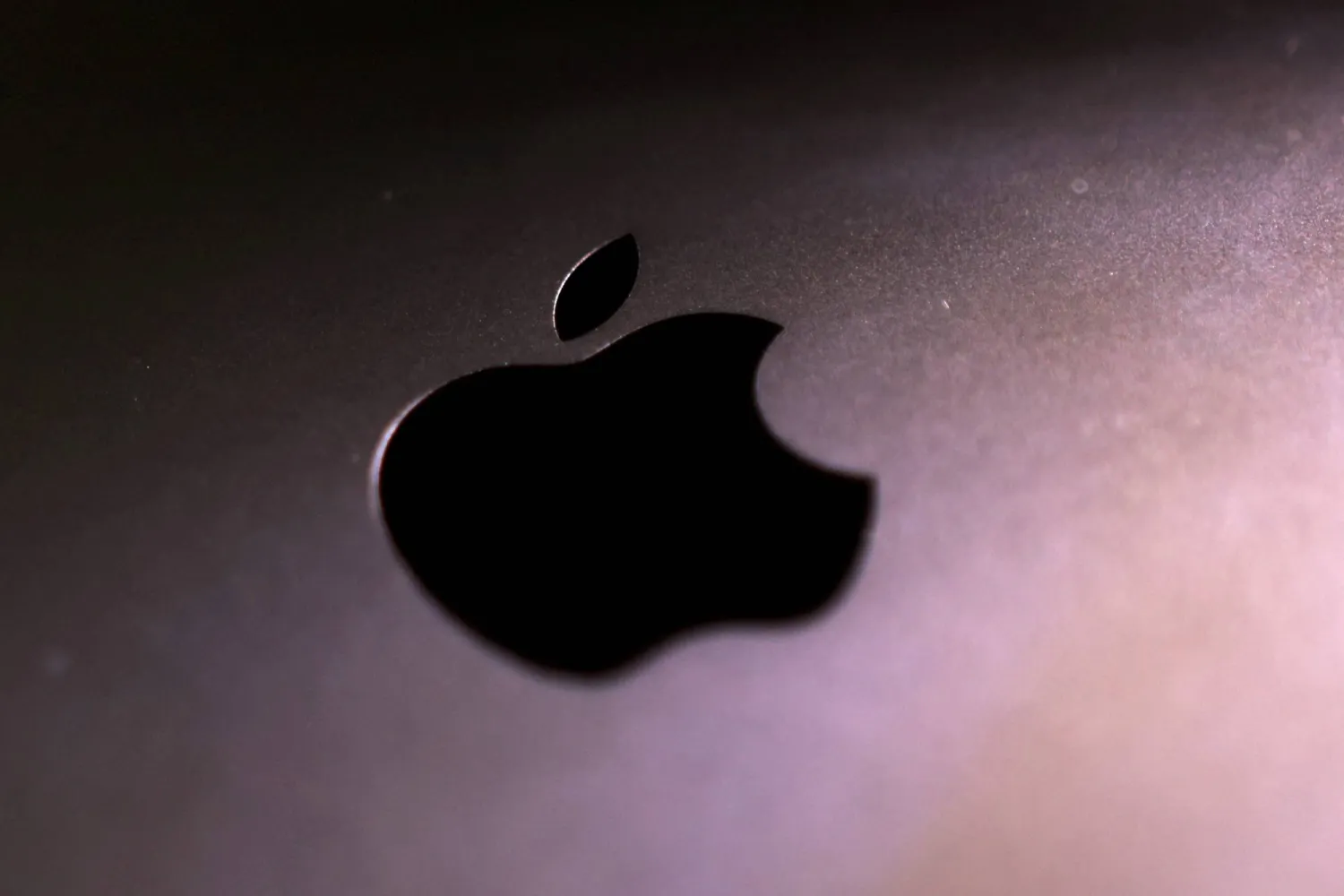Building on the success of last year's trial, the Saudi Transport General Authority (TGA) is deploying an advanced version of virtual glasses for the upcoming 1445 Hajj season, the Saudi Press Agency said on Sunday
These next-generation glasses leverage augmented reality (AR) technology to ensure efficient and high-quality transport services for pilgrims.
The virtual glasses empower field inspectors to conduct swift and comprehensive checks. Within just six seconds, inspectors can verify vehicle legality, driver compliance, document inspections, and report any violations to the data and control center, said SPA.
This translates to a remarkable 600% reduction in vehicle inspection time, ultimately enhancing compliance rates and the overall quality of transport services for pilgrims.
By streamlining inspections and boosting efficiency, the virtual glasses contribute to a smoother and more seamless pilgrimage experience. This allows pilgrims to focus on their religious duties with greater ease and peace of mind.
Innovation for Hajj: Saudi Transport Authority Deploys Advanced Virtual Glasses

The Saudi Transport General Authority (TGA) is deploying an advanced version of virtual glasses for the upcoming 1445 Hajj season. (SPA)

Innovation for Hajj: Saudi Transport Authority Deploys Advanced Virtual Glasses

The Saudi Transport General Authority (TGA) is deploying an advanced version of virtual glasses for the upcoming 1445 Hajj season. (SPA)
لم تشترك بعد
انشئ حساباً خاصاً بك لتحصل على أخبار مخصصة لك ولتتمتع بخاصية حفظ المقالات وتتلقى نشراتنا البريدية المتنوعة







